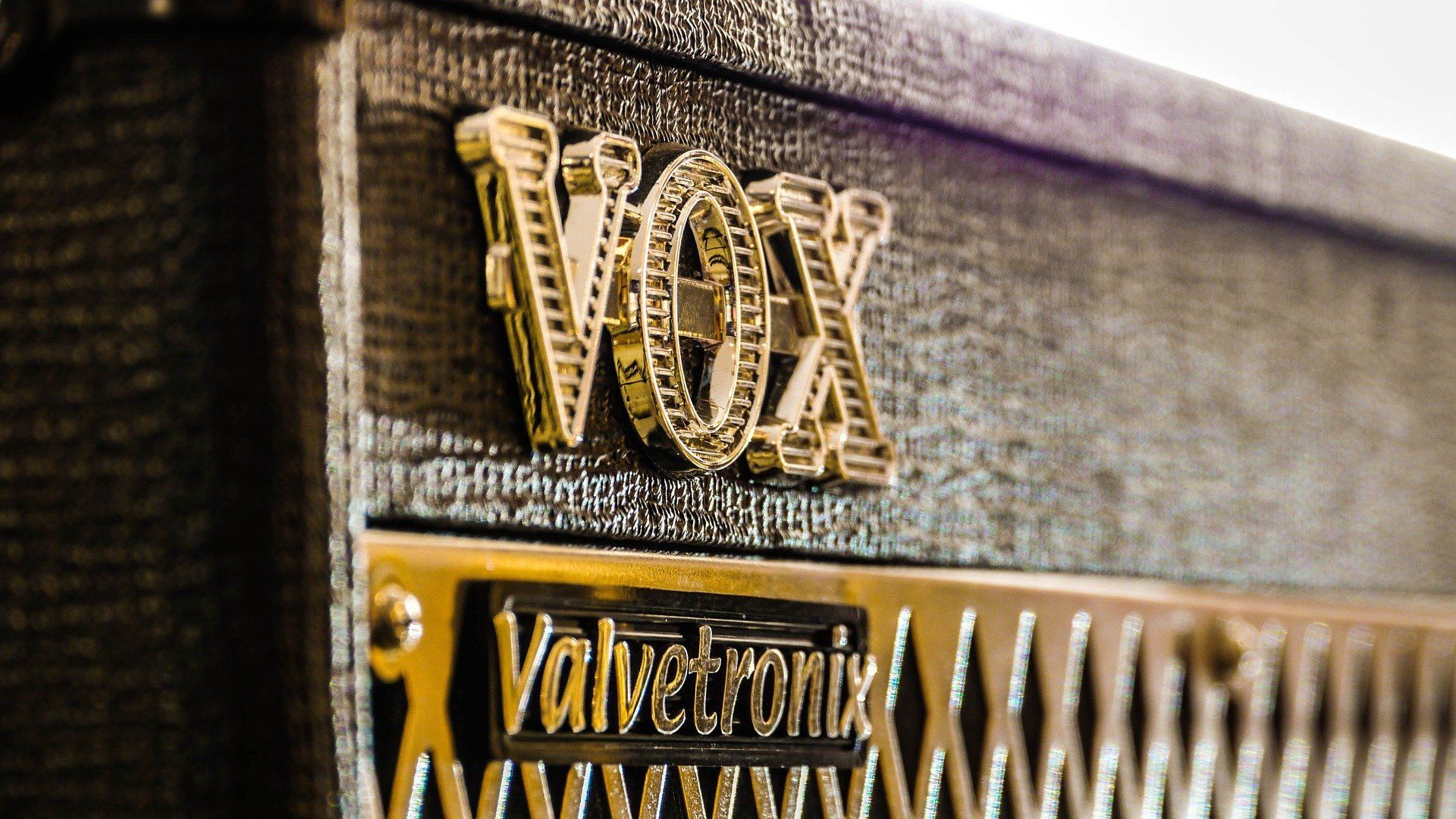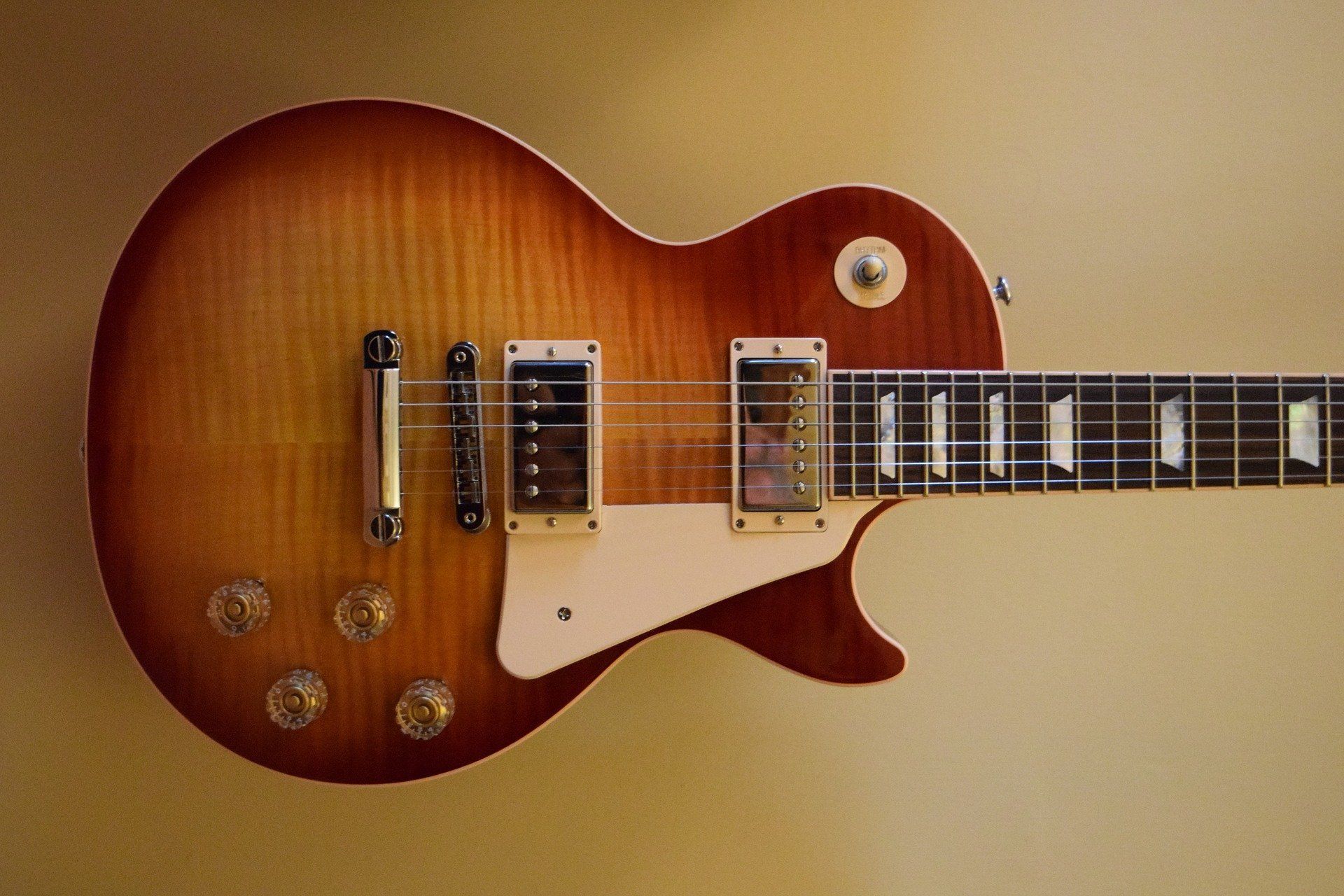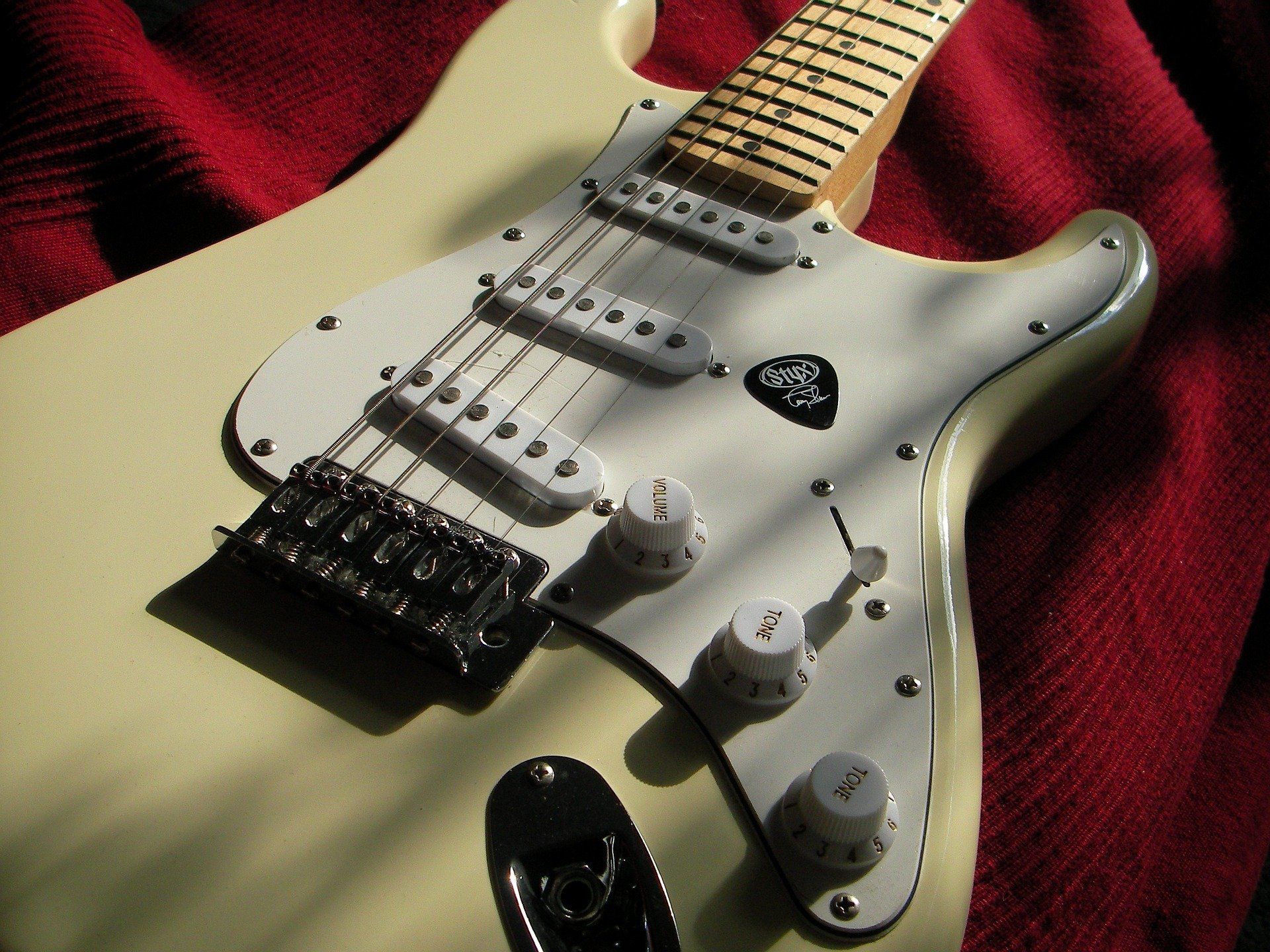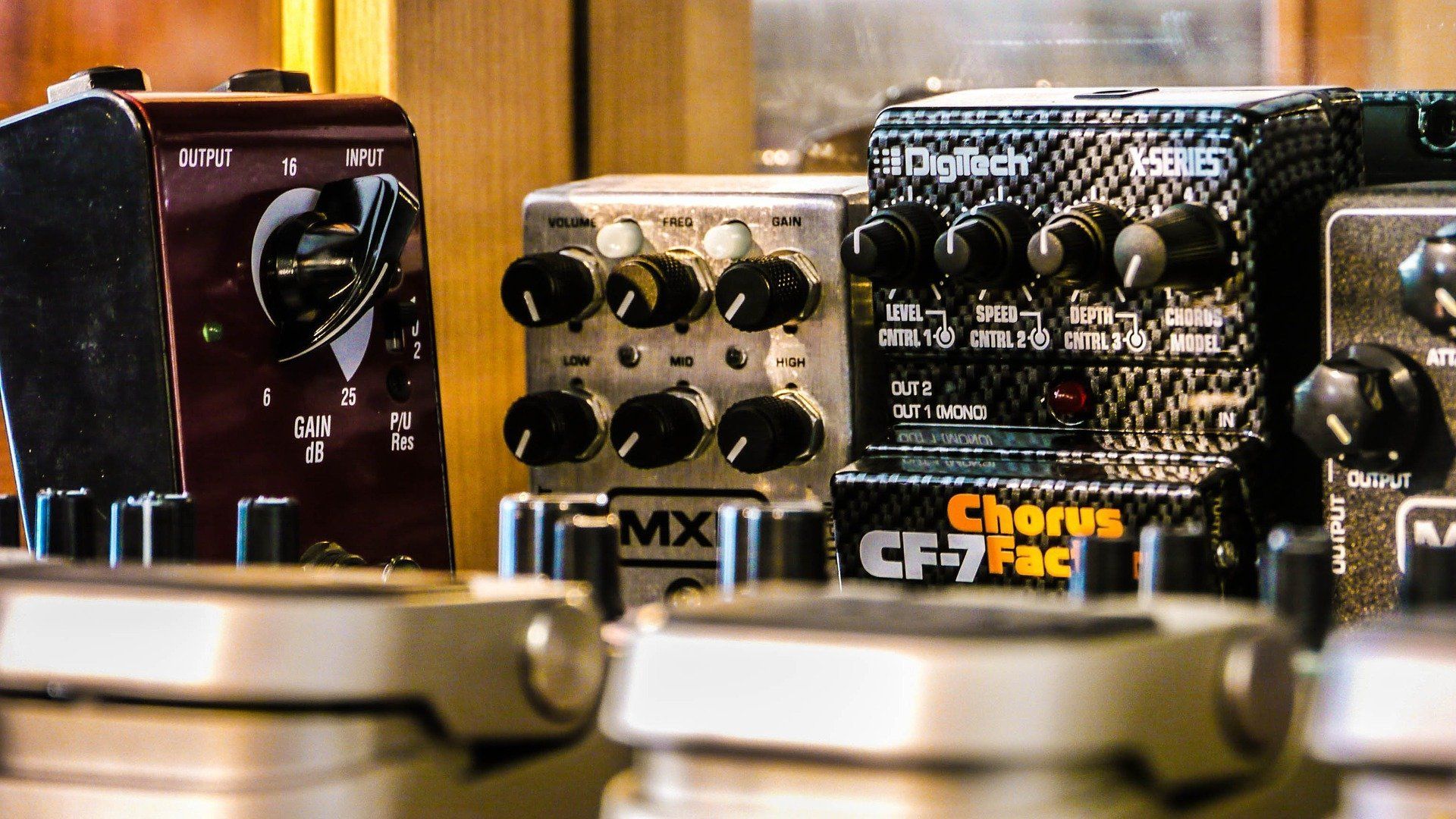
The Secrets to Getting the Best Tone From Your Guitar - Guest Post by Glen Parry of Audio Mastered!
- by Tom Boddison
- •
- 12 Dec, 2017
Get the ultimate tone from your gear

Are you someone who sets all their knobs to max and never changes them? Do you have no idea what each knob does on your guitar body? Are you still playing with the same cable that came with your guitar?
If so, this article is for you.
There are plenty of guitar players who suffer tonally because they either have a lack of understanding or they're using the wrong gear. With a few quick changes you can improve your tone in no time. The best part is, most of these tips are completely free!
Let's get started.
Understanding Your Guitar and Amp
The first step to improving your guitar tone is understanding how your guitar tone is shaped in the first place. I spent the first year of learning electric guitar having no idea how to set my amp EQ or what each knob controlled on my guitar.
This, unfortunately, only resulted in frustration on my part. Having at least a basic understanding of EQing is essential for sculpting your perfect tone.
Let's start with your guitar.
As you well know, different guitars offer different options for adjusting your tone. However, all guitars will use the same principles. You will have a knob to control the pickup volume, a knob to control the pickup tone, and a switch to control the pickup setup.
For Gibson Les Pauls, you will have a volume and tone knob for each humbucker pickup. With two pickups, this brings your knob count to 4. You will also have a three-way switch to control the pickup setup.


The tone knobs use potentiometers (also called pots) to control the frequency spectrum that is output by your guitar. Just consider it as a kind of low-pass filter. If you turn it up all the way, all the frequencies will flow through. Turning it down cuts down on the high-end frequencies - reducing the treble of your tone.
It's common for beginners to turn up all the knobs on their guitar and never change it. This prevents a lot of opportunities for shaping your tone.
Instead, you need to sit down and experiment with each knob on your guitar. For starters, turn your volume knobs to max and set your amp volume to a threshold you prefer. Then, back off your volume knob on your guitar. This leaves a lot of headroom for when you want to cut through with a lead solo.
Using the same process, turn your guitar tone knobs halfway and set your amp EQ. This leaves you a lot of room for changing your tone quickly with your hand while you play. You can quickly boost your treble for the lead, or cut back when you're playing rhythm.
The same process should be used for setting your amp EQ. Plug your guitar into a clean amp and set all your EQ settings to the 12 o'clock position. Then, one-by-one, turn each knob to max, and then down to zero. See how each extreme impacts your guitar’s tone. This isolation exercise will allow you to set your EQ exactly the way you need it for the perfect tone.
Maintain Your Guitar Setup
This is another mistake I see beginners making - not maintaining their guitar setup. The distance between your strings and your pickups has a direct impact on your overall tone.
The first thing you want to check is your action. The action refers to the distance between your strings and your fretboard. For the best tone, you should aim to get your action as low as possible, while still avoiding fret buzz.
Here's a guide you can use to check and alter your action
Next, adjust your pickup height. I recommend using your ears for this, as it usually comes down to personal preference. Plug your guitar into a clean amp and make sure the volume is balanced for each string. This is a great video covering the topic in more depth.
How Your Gear is Impacting Your String
My final recommendation for improving your tone is to take a quick look at your gear. Specifically, let's consider:
- Cables
- Pedal Board
- Strings
If you're still using the cheap cables that came with your guitar, it's time to upgrade! Quality cables come with better shielding and better solder joints. These two factors reduce any outside electrical interference and allow more of your guitar's signal to reach your amp. This is especially true if you are using passive guitar pickups.
Quality cables will have a lower overall capacitance and allow for more of your guitar signal to travel over longer distances.
Here’s a guide if you’re looking to upgrade your guitar cables.
Next, let's consider your pedal board. You're probably familiar with the concept of true-bypass - where the signal is routed directly from the input to the output when the pedal is off, without going through the pedal circuitry.
This is incredibly useful for maintaining your guitar tone. However, true-bypass pedals are only really useful when you have a limited number of pedals (usually 3 or 4). Any more than this and your signal is going to be degraded.
The same rule applies to pedals as any other piece of guitar gear - the further the signal has to travel, the more it will be degraded. The circuitry inside the pedals themselves add up quickly and can suck the tone out of your signal.
So what can we do? Are we only limited to 4 pedals and that's it?
Not necessarily. This problem has been solved for decades. The solution: a buffered pedal.
Buffer pedals reduce the impedance of your guitar signal and allow the signal to be pushed through long runs of cables and circuitry. You should be using a buffered pedal at the beginning of your pedal chain if you have more than 4 pedals, or if your cable length is greater than 18 feet.

There are dedicated buffer pedals, or alternatively, you can use the BOSS TU-3 tuner pedal. All BOSS pedals are buffered and will reduce the impedance of your signal.
Finally, the obvious place to look for a better tone: your strings.
Your strings are the first stage in the sound chain, and thus play an important role in shaping your tone. You should be replacing your strings every few months if you play regularly. At an absolute minimum, strings should be replaced at least once every year. (Tom: "I'd recommend replacing them every month if you play every day - this preserves your tone and keeps your guitar sounding great!")
Besides upgrading your guitar cables, and maybe buying a buffer pedal, all of the above recommendations can be used without having to buy anything. Your guitar tone is shaped by multiple factors, thus there are plenty of opportunities to improve.
Final Thoughts
About The Author
Glen Parry has been playing guitar for over 15 years. He’s done everything the hard way so you don’t have to. You can find more musical advice and audio gear buying guides over at Audio Mastered.